As part of the 2025 Venice Architecture Biennale, Canada presents Picoplanktonics: a 3D-printed living artwork incorporating cyanobacteria, a global first at the intersection of architecture, biotechnology, and art.
The installation transforms the Canada Pavilion into an aquatic micro-ecosystem, where architectural structures grow, evolve, and naturally degrade. Designed according to regenerative architecture principles, Picoplanktonics is not simply a built object; it is a breathing organism interacting with its environment, prompting deep reflection on potential futures of the built environment.
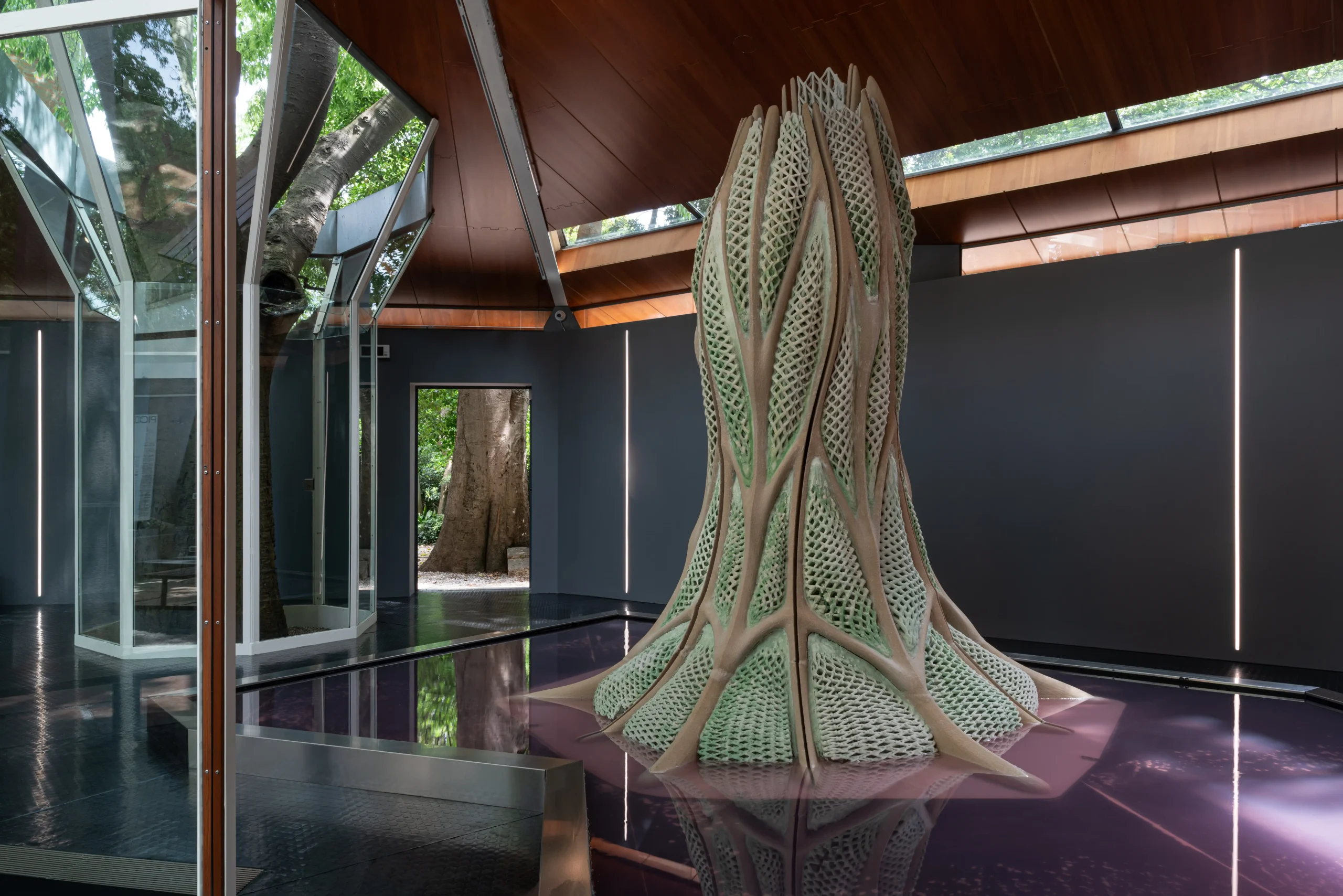
Led by interdisciplinary designer Andrea Shin Ling, Picoplanktonics is the product of four years of experimental research developed in collaboration with scientists, material engineers, and roboticists, including teams from ETH Zürich. The outcome is a series of 3D-printed architectural-scale structures embedded with living cyanobacteria. These tiny organisms, ancient and essential to the Earth’s oxygenation, are capable of sequestering carbon dioxide, essentially turning architecture into a tool for planetary healing.
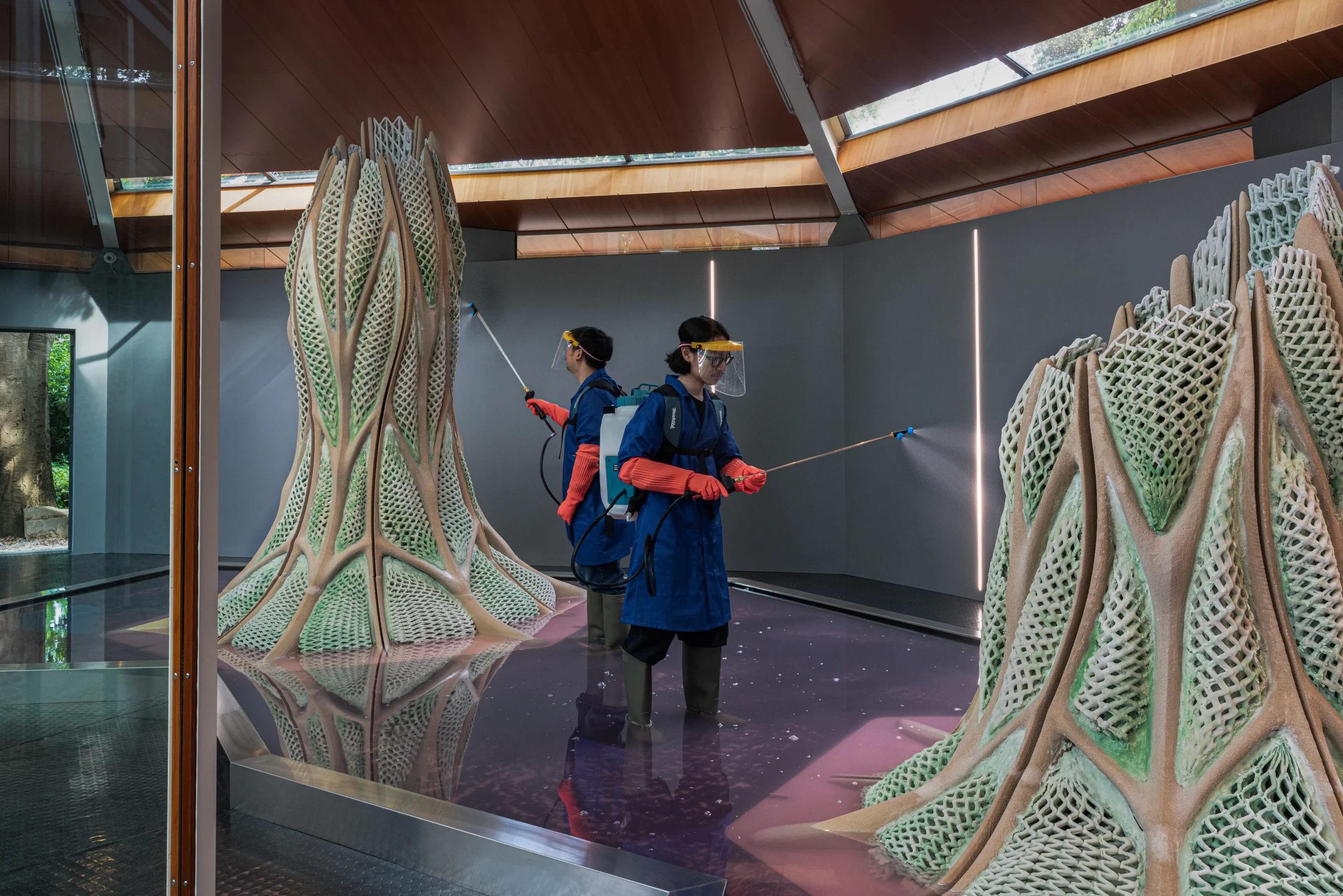
The work is a clear response to the climate emergency, but it goes deeper than just technical innovation. Picoplanktonics explores the possibility of a cooperative relationship between humans and living systems, imagining a future where construction does not extract and exhaust, but contributes and regenerates. It proposes a radical rethinking of how buildings are made and what they are for.
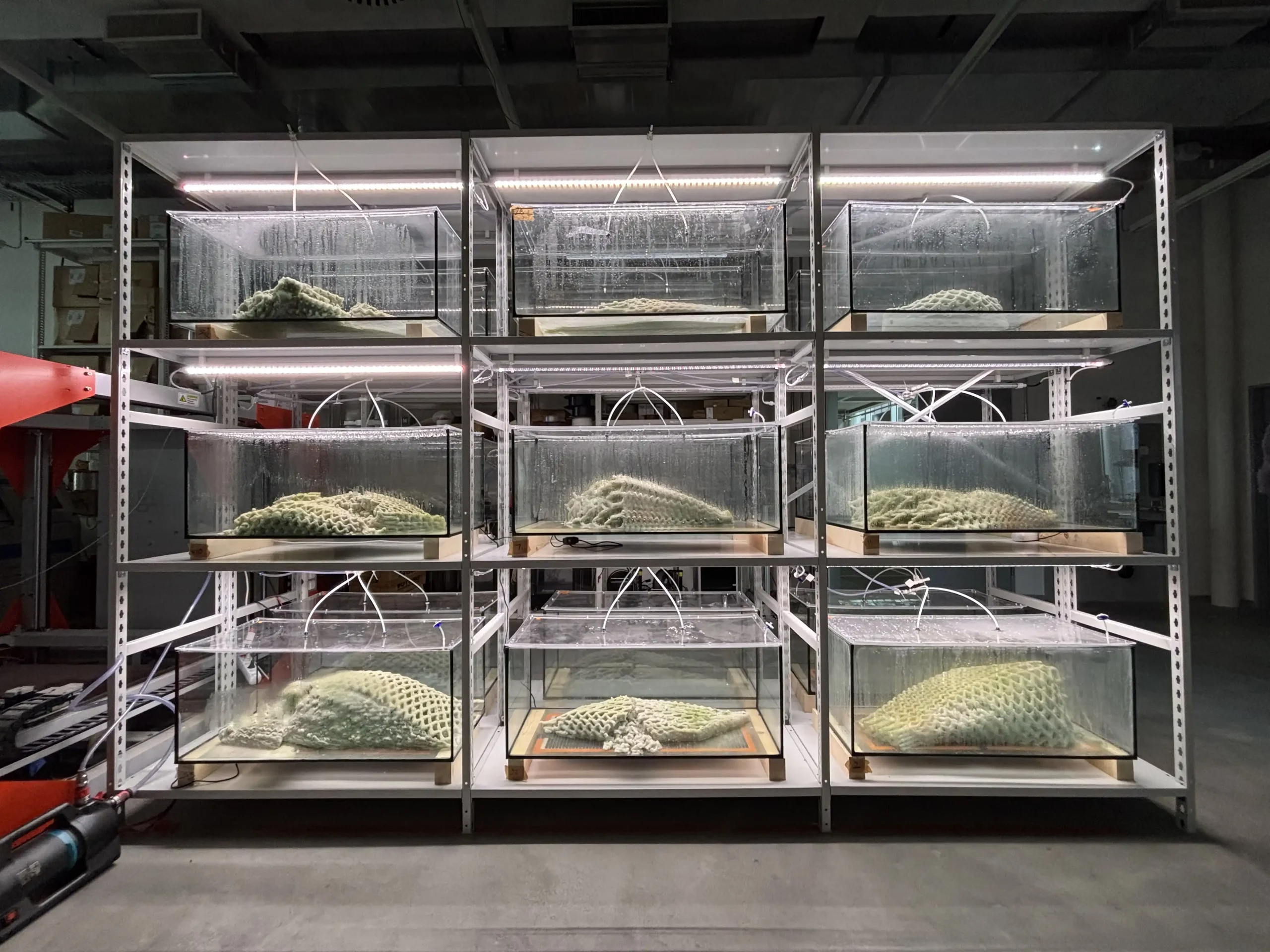
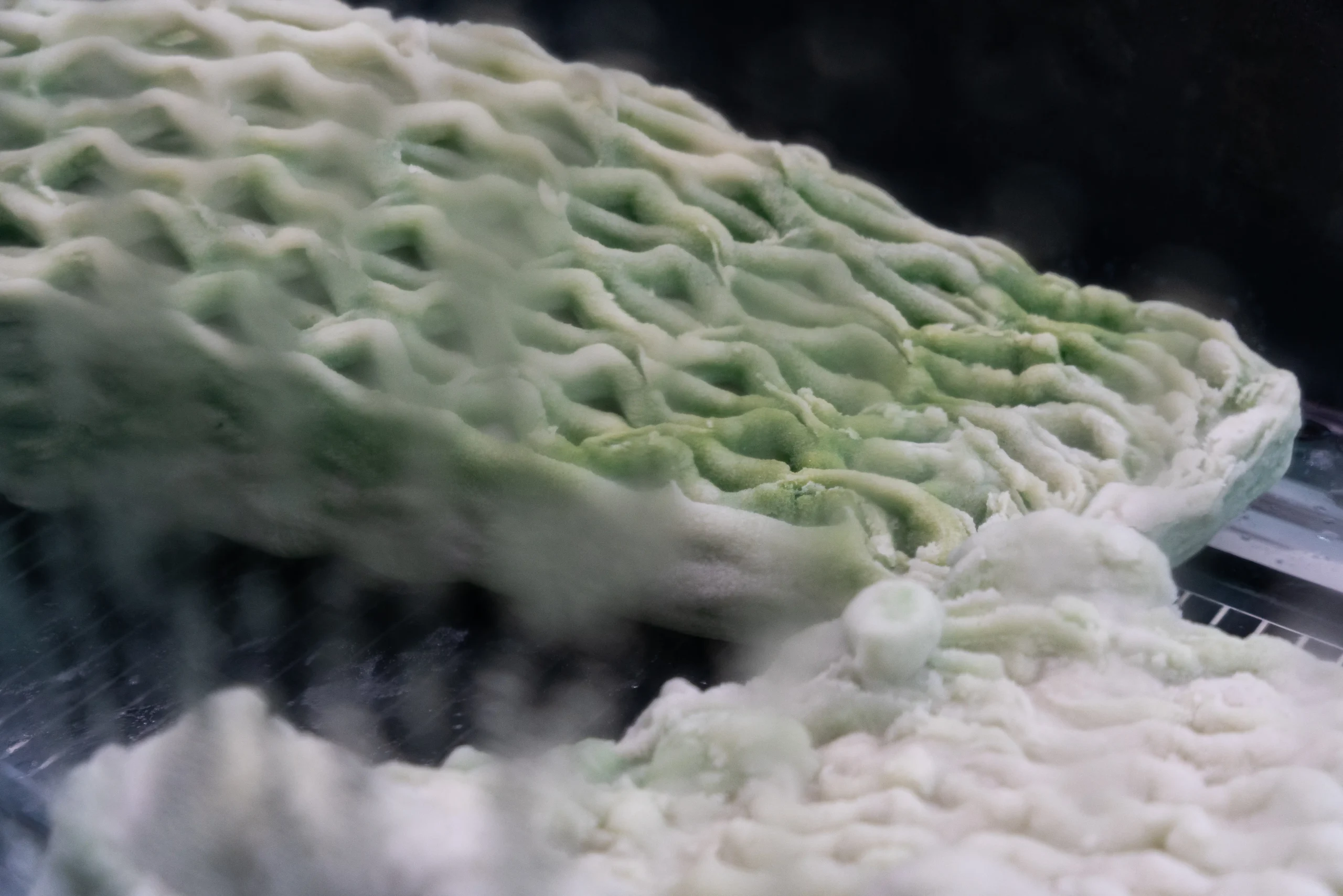
Visitors to the Canada Pavilion will encounter these living prototypes in a carefully calibrated environment. Originally fabricated in the laboratories of ETH Zürich using a pioneering biofabrication platform, the structures represent the largest living material assemblies ever printed at an architectural scale. The exhibition has been specially adapted to provide the correct balance of moisture, light, and warmth to allow the cyanobacteria within the structures to grow and evolve. Over the course of the Biennale, caretakers will maintain the environment, emphasizing the importance of care and stewardship as part of the architectural act itself.
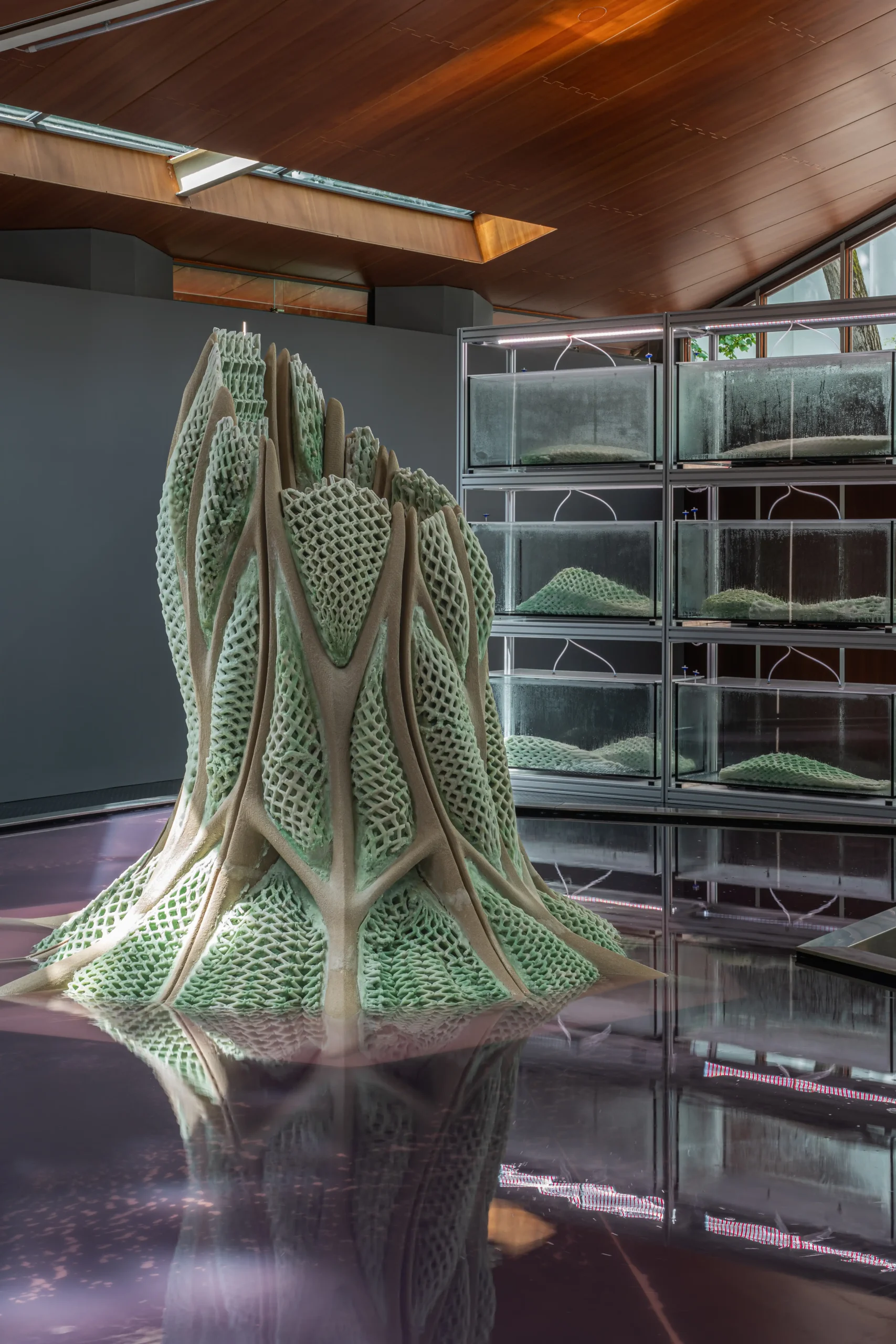
The exhibition, which runs from May 10 to November 23, 2025, stands as both a challenge and an invitation. Picoplanktonics questions the current extractive logic of architecture and envisions a design future driven by biology, ecology, and reciprocity. The structures offer a tactile, visible proof of concept for regenerative building systems, ones that prioritize ecological interdependence over isolated human survival.
Images courtesy of The Living Room Collective.




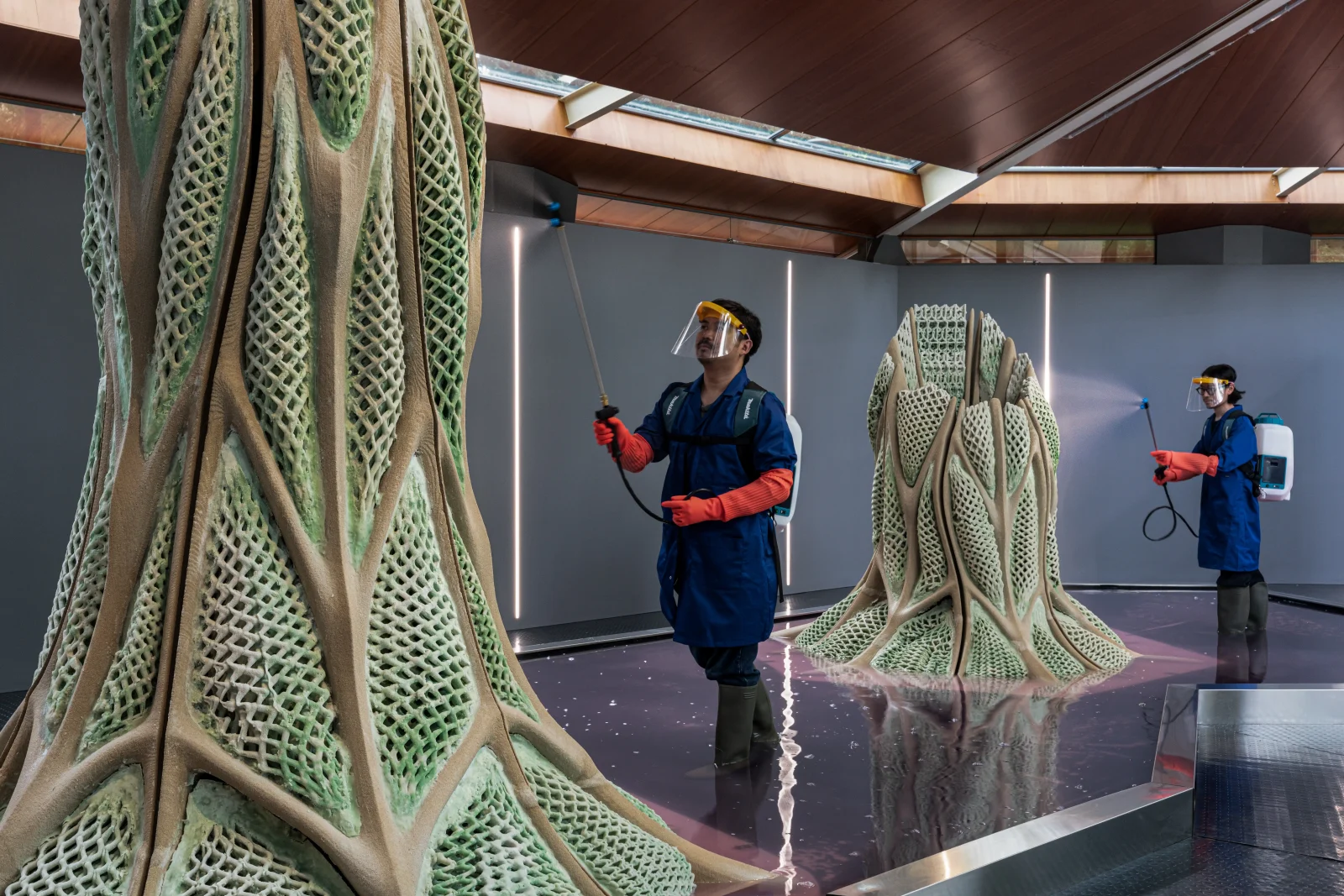




















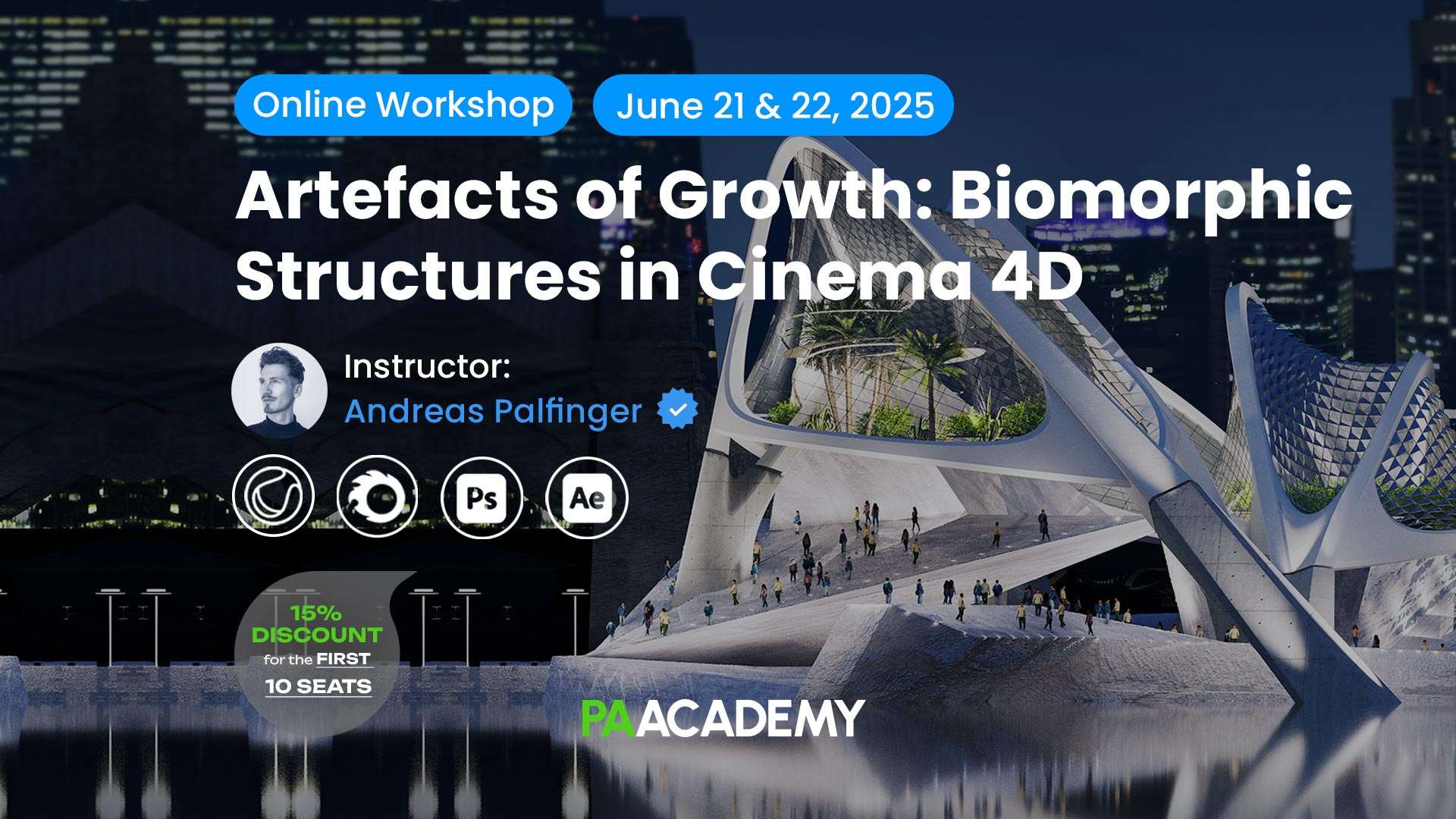











Leave a comment